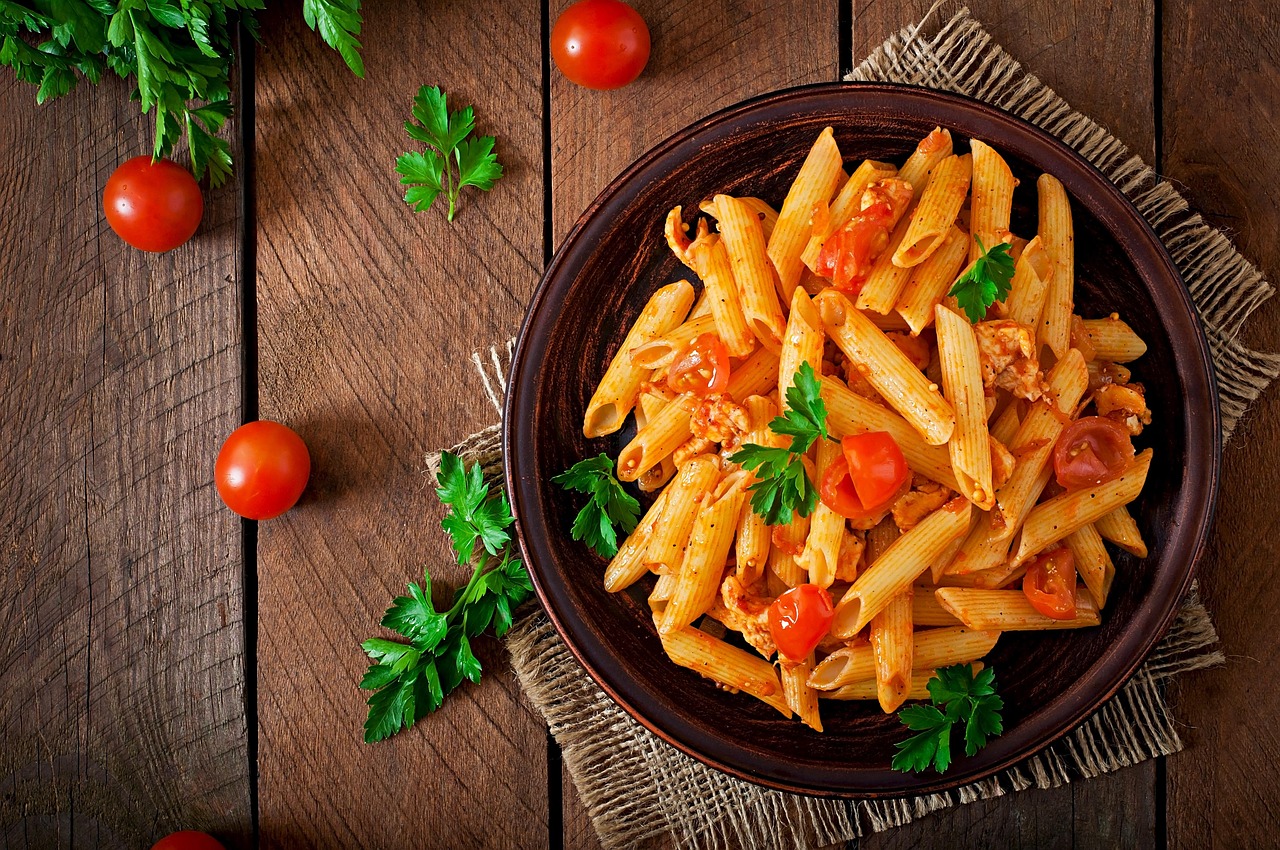Food prices are still inching and leaping upward with tariffs enabling the climb. With other price increases eating away at pay checks, feeding families, especially with kids out of school for the summer, can get even trickier.
Here are some tips to stretch your grocery dollars and where to go to fill in the holes.
HEADING TO THE STORE
Shop with a list. It will help you stick to your budget and minimize impulse buys that can break a budget.
If you shop at a larger grocery chain that has a loyalty program, you can create an online account and load paperless coupons that are automatically applied when you swipe your loyalty card or type in an alternate ID such as your phone number.
Read the unit price. The price per unit is how much an item costs per ounce or pound. The unit price is usually printed on the shelf tag or use the calculator on your phone. Divide the total price by the number of ounces in the container to get the price per ounce. (One pound = 16 ounces.)
Buying items (if your budget allows) in a larger package can be cheaper, but that may not always be the case.
Choose store brands. They offer good value, especially for canned and frozen items.
Buy frozen vegetables. You can pour out what you need, then put the rest back in the freezer without it going bad.
IN THE KITCHEN
Make substitutions in recipes. Use spinach or even cabbage instead of pricier greens.
Opt for more meatless meals. Beans are a great source of protein as well as fiber, which most Americans don’t get enough of. Adequate fiber is an important ingredient in managing health conditions such as high cholesterol and high blood sugar as well as gastrointestinal issues.
Swap beans or lentils for meat in casseroles. Canned beans can be added to pasta in place of ground beef, combined with rice as a base for a bowl, or be used to make a vegetarian chili. But if you plan can head, dried beans are cheaper per serving than using canned beans.
Eggs, though they have also increased in price, are another excellent, cheaper source of protein. Add them to salads; make sandwiches; or bake them with sliced onions, peppers, and tomatoes for a shakshuka.
Plan an end of the week dish that uses those partial bags of frozen vegetables or lone carrot or other vegetable in your bin such as a vegetable soup or design your own pasta bowl.
FILLING THE GAP
If you need food assistance, visit ntfb.org/food-assistance/find-a-food-pantry to find a food pantry near you. The site also has a link to find locations serving summer meals for kids.
Call 214-269-0906 if you need SNAP Assistance.
The economy is still roiling, but hopefully a few changes here and a little help there can help you and your family a step ahead of hunger.



